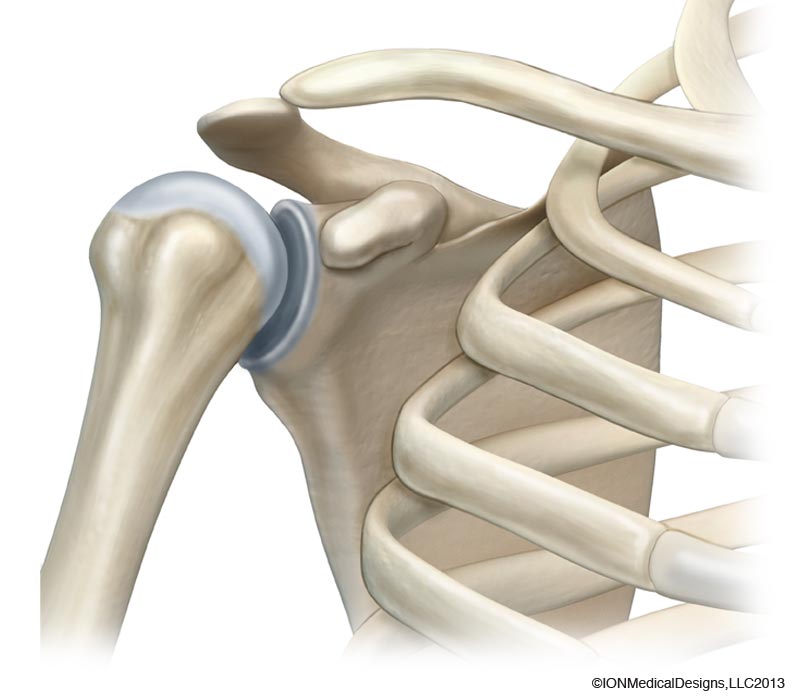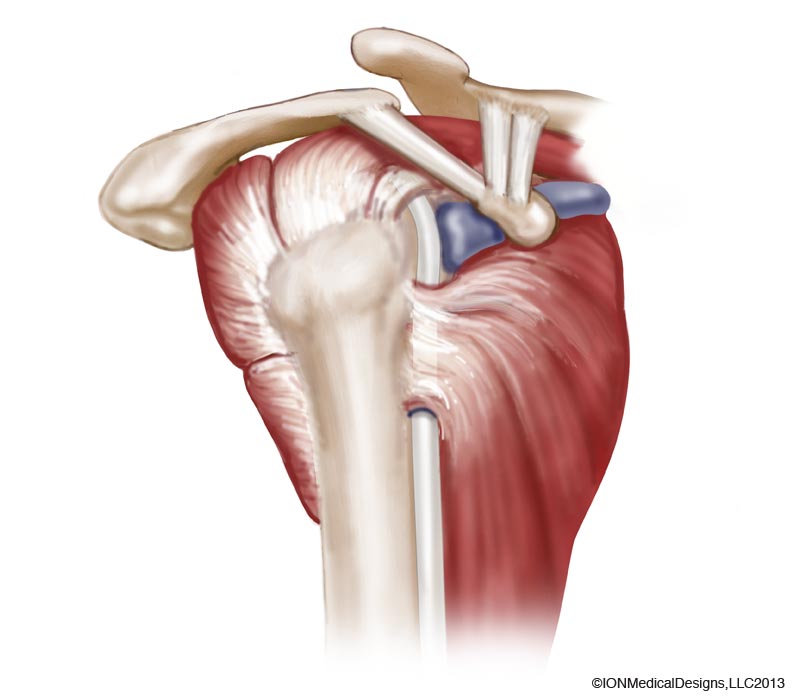-
 Shoulder blade: the scapula is the flat triangular bone which provides an attachment for muscles for the shoulder, back and neck Glenoid – Is the socket part of the ball and socket and is part of the scapula Acromion and Acromion spine – is the lateral (outside) and posterior (back) extension of the scapula – Acromion Process is the most lateral side of the part of the scapula Coracoid – is the anterior (front) extension of the scapula Arm bone:Read more
Shoulder blade: the scapula is the flat triangular bone which provides an attachment for muscles for the shoulder, back and neck Glenoid – Is the socket part of the ball and socket and is part of the scapula Acromion and Acromion spine – is the lateral (outside) and posterior (back) extension of the scapula – Acromion Process is the most lateral side of the part of the scapula Coracoid – is the anterior (front) extension of the scapula Arm bone:Read more
-
 The biceps muscle has two tendon attachments The long head of the biceps goes into the shoulder under the rotator cuff and onto the superior (top) part of the glenoid labrum The short head of the biceps attaches into the scapula at the coracoid Coraco-acromial ligament (CA ligament) – attaches the Acromion process to the coracoids The CA ligament along with the acromial process create the Outlet of the shoulder thru which passes the supraspinatus tendon of the rotator cuffRead more
The biceps muscle has two tendon attachments The long head of the biceps goes into the shoulder under the rotator cuff and onto the superior (top) part of the glenoid labrum The short head of the biceps attaches into the scapula at the coracoid Coraco-acromial ligament (CA ligament) – attaches the Acromion process to the coracoids The CA ligament along with the acromial process create the Outlet of the shoulder thru which passes the supraspinatus tendon of the rotator cuffRead more
-
 Four tendons provide stability holding the humeral head into the glenoid and provide a fulcrum around which the shoulder muscles can move the ball and socket. Supraspinatus – helps lift or abduct the shoulder Infraspinatus – helps lift and externally rotate the shoulder Teres Minor – helps externally rotate the shoulder Subscapularis – helps internally rotate the shoulder
Four tendons provide stability holding the humeral head into the glenoid and provide a fulcrum around which the shoulder muscles can move the ball and socket. Supraspinatus – helps lift or abduct the shoulder Infraspinatus – helps lift and externally rotate the shoulder Teres Minor – helps externally rotate the shoulder Subscapularis – helps internally rotate the shoulder


